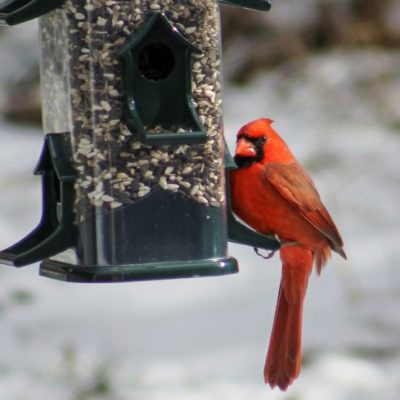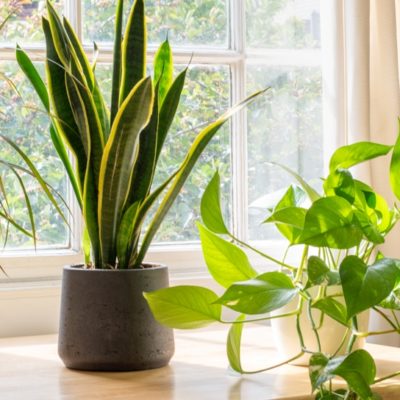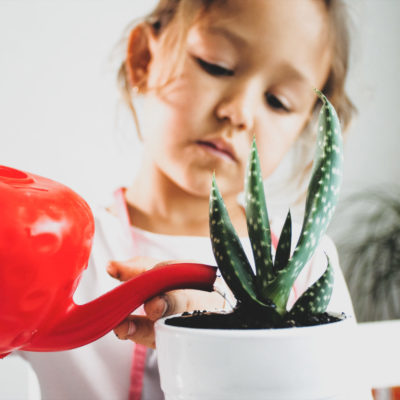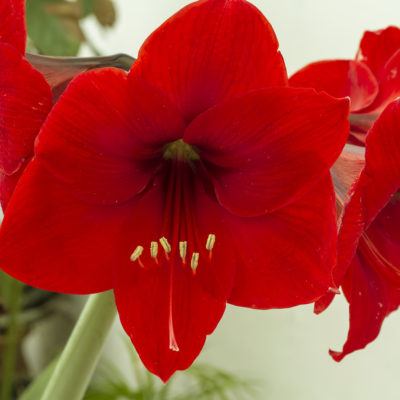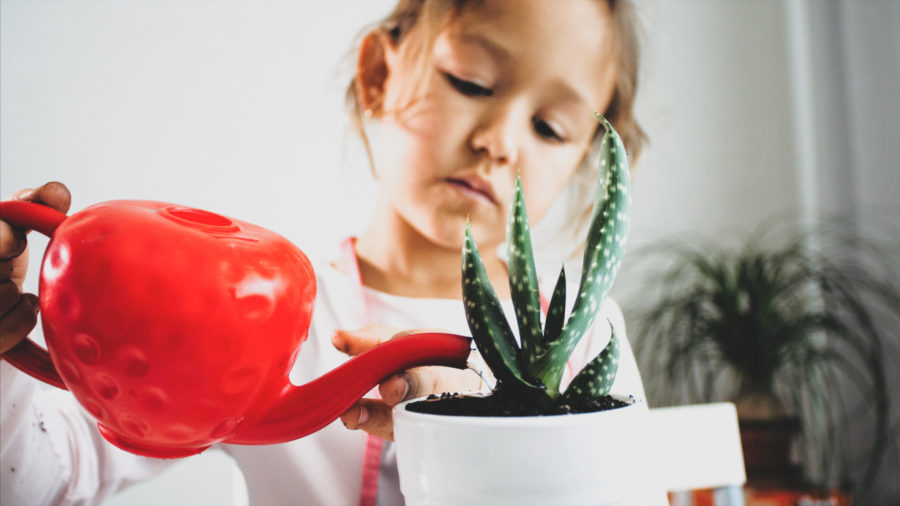
Proper Watering Techniques
We get a lot of plant questions here at Belgian, like A LOT! And since most of them revolve around watering, we figured it’s about time we put all our wet wisdom into one big blog post. Let’s dive in!
Hard vs. Soft:
When customers come to us with watering issues, often our first question is “what kind of water are you using?” followed by the customer looking at us like we’re from outer space. Water is water, right? Wrong! Many homes now have water softeners, which use salt to break down calcium and other minerals that cause hard water. But this softened water can be deadly to plants! The salt particles in the water will build up in the soil and around the roots, throwing off a plant’s natural balance and resulting in one outcome: plant death. And no one wants that!
Not sure which kind of water you have? Next time you wash your hands, pay attention to how much soap you need to produce a good lather. Soft water allows lots of suds and bubbles to form very quickly and with very little soap, while the minerals in hard water make it difficult to get a bubbly lather.
Recommendation: Hard Water for All Plants.
Top vs. Bottom:
Often customers will ask if they should be watering from the top or the bottom of the pot. We only water our plants from the top in the greenhouses, and recommend that you do the same to ensure any mineral/salt buildup is flushed away. Plus, it’s ridiculously simple: pour water onto the soil until it comes out the bottom of the pot, then drain away any excess. Yes, watering from the bottom by way of a sink or basin with an inch of water can work for some fuzzy houseplants that don’t like cold water on their leaves, like African Violet or Streptocarpus. But you have to keep an eye on your pots: if they sit in water for too long, you’ll end up with rotted roots instead of pretty flowers.
Recommendation: Water from the Top.
Deep vs. Shallow:
It can be tough to figure out a watering schedule for each houseplant, since your Baby Tears will need more visits from that watering can than your Barrel Cactus. And you may be tempted to give your plants a small amount of water on a more frequent basis, like a cup every day or so. Please, don’t do this. With few exceptions, your plants will have roots that spread from the top of the pot all the way to the bottom. All of these roots need water. A small amount of water, like that cup a day, will only reach down to the first inch or so and, since water is both absorbed by the roots and will evaporate from the soil, the water will not reach those bottom roots and they will starve.
To put it in perspective: you’re outside working in your garden, it’s a hot summer’s day and you’re parched, but will a few sips of water quench your thirst? No, you’ll want the entire bucket of that refreshing liquid, and the same goes for your plants.
Recommendation: Water Deeply until You See Water Coming Out of the Pot’s Drainage Hole. Make sure to drain excess water from saucers.
Summer vs. Winter:
Here in southwestern Ontario we have 3 seasons: summer, winter, and construction (haha! Ok, moving on). Our hours of sunlight vary from 16 hours in June/July down to near 0 in winter, so we really can’t expect our plants to keep the same growth rate all year long. Lower light means less energy being absorbed by your plants, which also means they don’t require as much water. So, you’ll need to have a watering schedule for summer and another for winter. They’ll be pretty much the same except for one thing: frequency. You’ll still water your plants deeply until you see water coming out of the drainage hole, except that where you had to water weekly in summer it may be every 2-3 weeks (or more) in winter.
Recommendation: Alter Your Watering Schedule to Match the Season.
Testing the Soil:
“But, when do my plants need water?” Well, the answer is quite simple: when they need it. Okay, not a very helpful answer, but since every variety has its own watering preference, it’s up to you to know who needs to be kept evenly moist and who can last until their soil turns a sandy brown (Belgian always includes watering instructions on our plants, so check the tags or price sticker to be sure). Once you know their individual needs, you can test the soil by sticking your forefinger at least an inch into the soil, around the second knuckle. You’ll be able to feel if the soil is moist or dry at your fingertip, and can either give your plants the deep drink they need or leave them to dry out further. Most plant issues are due to either watering too often or not often enough; testing the soil’s moisture level will help keep your plants happy and healthy.
Recommendation: Test the Soil with Your Finger and Water According to the Plant’s Needs.
So-Called Watering “Tricks”:
Most of us have heard of using ice cubes to water Orchids or watering your Cacti/Succulents by misting them; we do not recommend either of these methods. They’re often called “life hacks” and claim to save you time/energy when watering your indoor jungle, but they’re unnecessary and could even be harmful to your plants. When an ice cube melts onto your Orchid, the melted water is still very cold and can shock their system. And misting Cacti/Succulents doesn’t put any moisture into the soil where their roots can reach and absorb it; yes, their succulent foliage and tops will retain moisture for very long periods, but it has to come up through their roots first.
Recommendation: Skip the Tricks and Water Thoroughly When Your Plant Needs It.
Your Plant is Still Screaming for Help, What Do You Do?
Unfortunately, signs of plant stress from overwatering or underwatering often look similar. The important thing is that your plant is talking to you and you need to listen. The best way to tell them apart is by gently easing your plant out of its pot (preferably onto some newspaper) and checking its roots. If they are dry and brittle, the plant is underwatered; rotted and mushy is a sign of overwatering. If caught early enough the plant may be salvageable, but if the root system is too far gone in either direction, well, you can file it under “watering experience” and learn from it.
Signs of distress include: brown or yellow leaves; foliage or entire plant is wilted; brittle foliage; brown spotting on foliage; shedding its leaves at a fast or high rate; colouring is dulled or faded; slowed or stunted growth; presence of insects (fungus gnats are caused by overwatering but are usually harmless to the health of your plants); roots are brown, brittle, and/or mushy.


